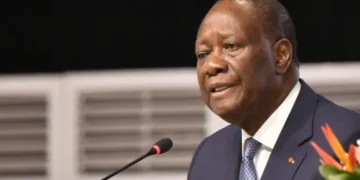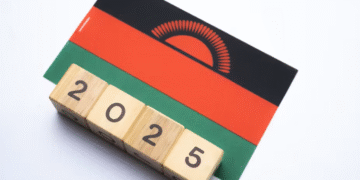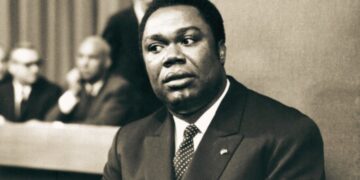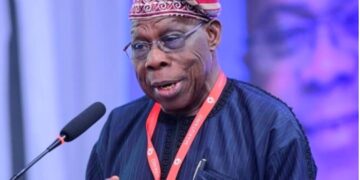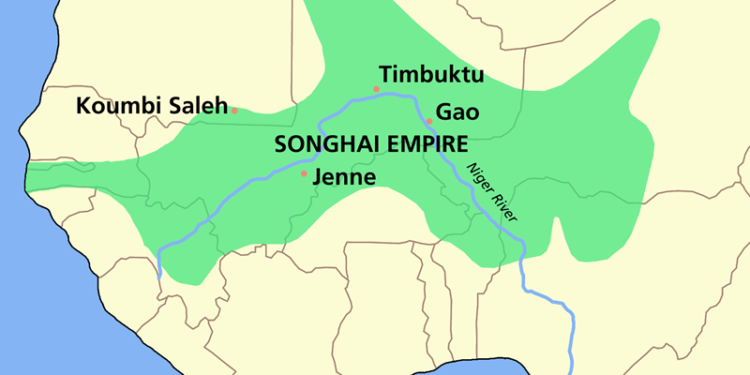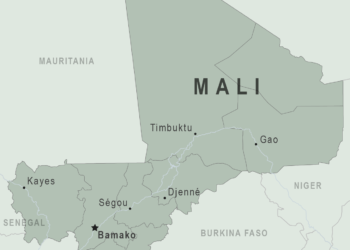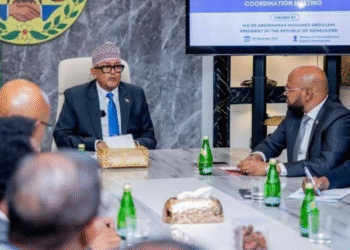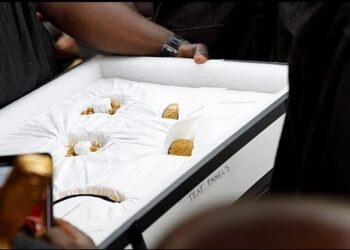The Songhai people are an ethnolinguistic group in West Africa who speak the various Songhai languages. Their history and lingua franca is linked to the Songhai Empire which dominated the western Sahel in the 15th and 16th century. Predominantly adherents of Islam, the Songhai are primarily located in Niger and Mali within the Western Sudanic region (not the country). Songhai empire, great trading state of West Africa (flourished 15th–16th century), centred on the middle reaches of the Niger River in what is now central Mali and eventually extending west to the Atlantic coast and east into Niger and Nigeria.
Though the Songhai people are said to have established themselves in the city of Gao about 800 CE, they did not regard it as their capital until the beginning of the 11th century during the reign of the dia (king) Kossoi, a Songhai convert to Islam. Gao so prospered and expanded during the next 300 years that from 1325 to 1375 the rulers of Mali added it to their empire. About 1335 the dia line of rulers gave way to the sunni, or shi, one of whom, Sulaiman-Mar, is said to have won back Gao’s independence.
The North African traders who helped Gao prosper and grow were Muslims themselves, and this caught the attention of many West African elites. Islam did not really trickle down to the non-ruling class until after Sunni Ali Ber’s death, after which one of his generals, Askia Muhammad I, took over the throne. Though Sunni Ali professed to be a Muslim, oral tradition suggests he also stayed true to traditional animistic beliefs. Whatever the case, Sunni Ali made little effort to spread Islam to others. Askia Muhammad, on the other hand, was an Islamic purist.
Organizing and rebuilding the lands Sunni Ali captured, Askia Muhammad immediately appointed Islamic judges and oversaw the construction of hundreds of Islamic schools throughout the empire, including Sankore, West Africa’s first known Muslim University, in Timbuktu. Those who sought religious enlightenment and those simply looking for a good education flocked to these schools, picking up Islam and spreading the word along the way.
Songhai society traditionally was highly structured, comprising a king and nobility, free commoners, artisans, griots (bards and chroniclers), and slaves. Marriage could be polygynous, cross cousins being preferred partners. Descent and succession are patrilineal. Cultivation, largely of cereals, is practiced intensively only during the rainy season, from June to November.
Historically, the term “Songhai” did not denote an ethnic or linguistic identity but referred to the ruling caste of the Songhay Empire known as the Songhaiborai. However, the correct term used to refer to this group of people collectively by the natives is “Ayneha”. Although some Speakers in Mali have also adopted the name Songhay as an ethnic designation, other Songhay-speaking groups identify themselves by other ethnic terms such as Zarma (or Djerma, the largest subgroup) or Isawaghen.
The language, society and culture of the Songhai people is barely distinguishable from the Zarma people. Some scholars consider the Zarma people to be a part of and the largest ethnic sub-group of the Songhai. Some study the group together as Zarma-Songhai people. However, both groups see themselves as two different peoples.












